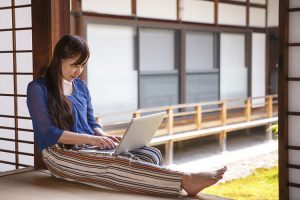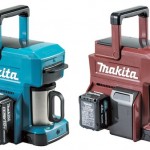For all its fame as a world hub of martial arts with traditions going back centuries (yes, the samurai didn’t just wield their swords: there were schools and teachers and techniques and diplomas), it seems Japan has finally came across an enemy that it can’t defeat: Covid-19! Even though the country as a whole has managed to deal with its share of the pandemic in an almost exemplary way, its martial arts community has suffered since, obviously, a martial art isn’t something you can practice by yourself. The whole idea is that you need an opponent!
The declaration of a state of emergency in April was just a formality: most dojo and clubs for traditional and modern arts, respectively, had already closed sometime in early March. Despite the commonly held belief that martial artists aren’t very bright (you know, because of the beating and all), it didn’t take long for us to realize that an activity that demands, literally, close contact doesn’t exactly comply with the guidelines about the “3 Cs” (closed spaces, crowded places, close-contact settings) we have to avoid to keep the “Shingata Coronawirus” (that’s the Japanese rendition of “Novel Corona Virus”) at bay.
So no judo, no aikido, no karate, not even sumo – yes, even our national behemoths had to do their bouts in front of empty seats, especially since one of them, 28-year old Shobushi, died of Covid-19. But also no kendo and iaido (swords), no naginata (halberd), and not even kyudo (archery) since even at the shooting gallery, you’re too close to the other archers. And this wasn’t just the sensei and the deshi (students): most martial arts in Japan aren’t practiced in nice small traditional wooden dojo in the countryside: they are practiced in nice, big, modern municipal sports centers that certainly wouldn’t want the liability despite what the governor and government said.
So what did we do? Pretty much what everyone did: we practiced at home – which is what you are supposed to do anyway, since the dojo is for learning, not for practicing! Martial arts are a physical activity, so we found exercise programs that could enhance the skills pertaining to our respective arts and did those. Add some suburi (practice weapon wielding: think a boxer just practicing on the bag), footwork, breathing, and even running and cycling (which were never forbidden or even controlled in Japan, even during the state of emergency), and we got enough exercise to keep us busy and reasonably fit.

Oh, and we also did (and do) Zoom! Kata, the i.e. prearranged forms, are a big part of Japanese martial arts, so it wasn’t that hard for teachers to set up virtual practice sessions where students do sequences of movements from their kata and the teachers would correct them. Yes, contact isn’t there but at least you get the sensation that you practice with other people and that your teacher can, well, zoom in to you and at least help you correct your form. Let’s not kid ourselves: even in the dojo, a big part of martial arts’ practice is exactly that.
Now that the emergency has been lifted and the dojo are slowly reopening, things are beginning to return to normal – the keyword here is “beginning,” since we need to practice wearing masks (and occasionally special masks like the Iaido Martial Arts Face Mask we have in Japan Trend Shop – or even tenugui hand-towels!), keeping distance (and yes, this can be really hard to do in some arts, so we have to improvise), keep shorter hours, take our temperature at least once (when going to the dojo), and disinfect everything, the floors and weapons included. This means that besides having to leave your $10,000 katana at home (not a good idea to wipe it with ethanol: pretty much all of the materials used in a sword and its fittings will suffer), you have to fight muscle memory, since you need to change perceptions you’ve been building for years. Which, on the other hand, can be a good thing. After all, the most essential fighting skill is adapting to the chaotic nature of conflict.
























